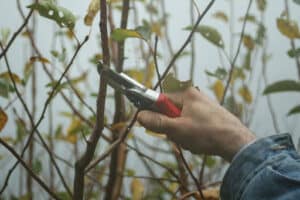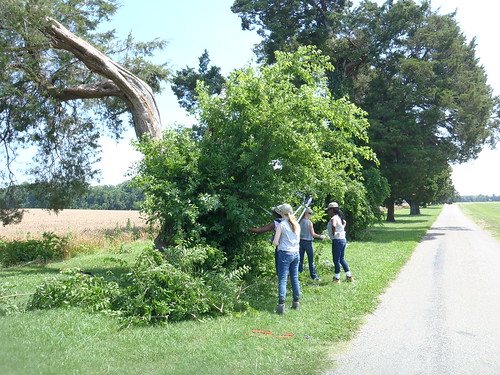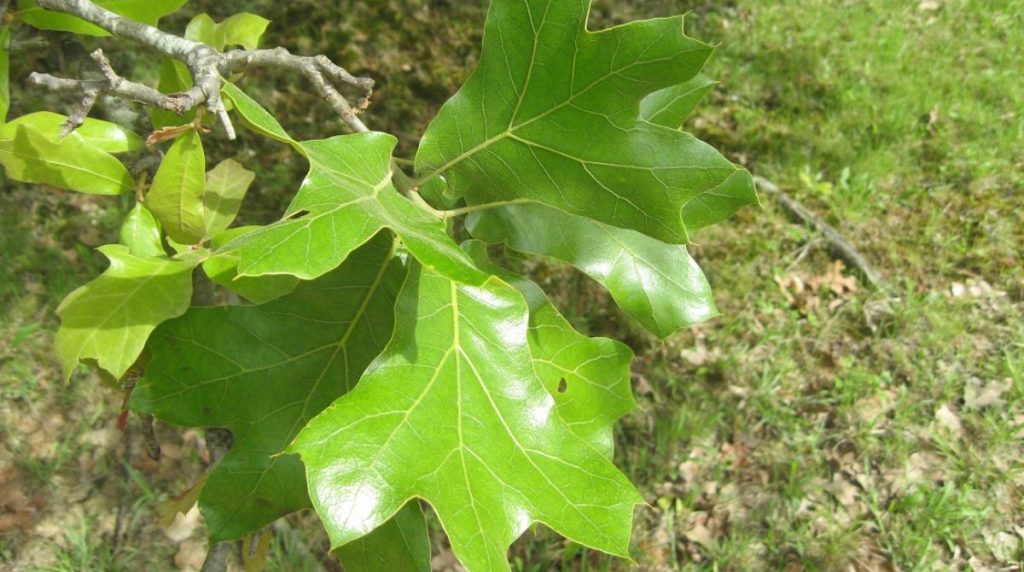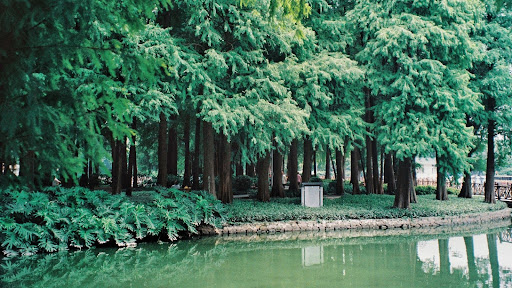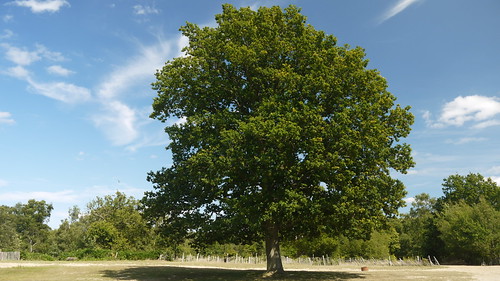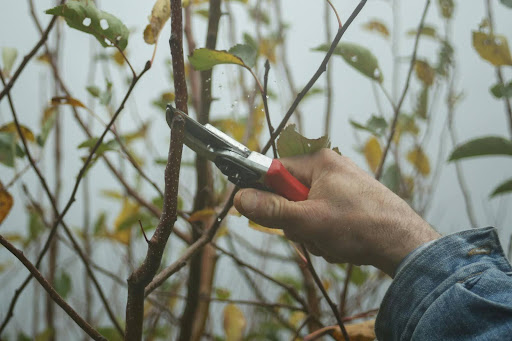
Date August 27, 2024
Tree pruning involves more than just lopping branches. There are several things homeowners must consider to ensure their trees thrive for years to come. Learning about the best practices and ideal seasons for pruning can help prevent pest infestations, disease, and other damage. Luckily, the team at TreeNewal knows a thing or two about tree pruning in the Dallas area. We’ve created this helpful overview on pruning and caring for trees.
Best Practices for Tree Pruning in Dallas
Image via Pexels by Maria Turkmani
There are various pruning techniques that produce different results. But no matter what the desired result is, there are a few best practices to keep in mind. First, homeowners should ensure they use a clean tool to prune their trees. This prevents the transfer of chemicals, disease, or pests from contaminated pruning tools. Another best practice is to not trim too much at once, as this can put unwarranted stress on the tree, which can damage or even kill it.
Here are some different tree pruning techniques:
- Cleaning up: This technique involves removing diseased, dead, or dying branches that can cause trees to be unsafe or put them at risk for pests or disease.
- Crown raising: This technique encourages trees to grow up rather than out. It involves trimming a few lower limbs every year that are less than 4 inches in diameter, which raises the crown of the tree over time.
- Size reduction: This method involves removing live branches to decrease density without changing the size or shape of the tree. On smaller trees, homeowners can remove branches that are between a quarter-inch and half-inch in diameter, while more mature trees can handle removal of branches that are between 1 and 4 inches in diameter.
- Density reduction: This method can help reduce the number of branches in the crown of older, well-established trees. This can improve the integrity of the tree and promote new growth, as branches are removed back to a growing lateral branch.
Optimal Seasons for Pruning
Seasons can affect the outcome of tree pruning; some seasons promote new growth, while others hinder it. Cleaning up can be done year-round, so homeowners don’t have to wait until spring to ensure their trees are safe and sturdy.
To promote growth, it’s best to prune the tree in its dormancy (typically mid to late winter). To direct growth, pruning during the late spring or summer months is ideal.
Tree care involves pruning, watering, fertilizing, and many other aspects. Regularly pruning trees each year can help them thrive for years to come. If you need guidance or help with pruning this season, contact the experts at TreeNewal. Our ISA-certified arborists are here to help.
